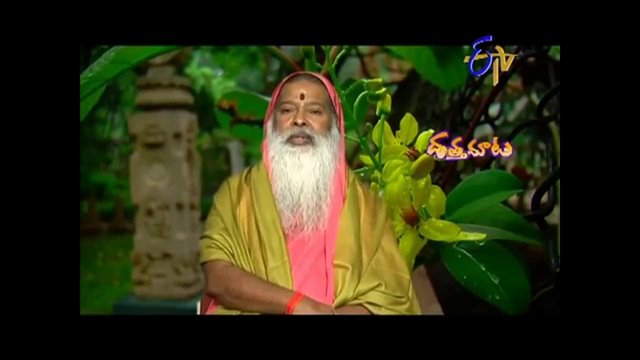
Prāṇāyāmaṃ pratyāhāraṃ nityānitya viveka vicāram |
Jāpyasameta samādhi vidhānaṃ kurva vadhānaṃ mahad-avadhānam || 30 ||
Meaning - Pranayama, pratyāhara (sense-withdrawal), wisely segregating between permanent and impermanent objects in the creation, penance and absolute meditation are practices that should be mandatorily practiced daily.
In all the stanzas up to now, the way of this world and of its people was greatly elaborated. The various ways in which people get carried away by these worldly bondages and thus get entangled in the web spun by it was explained. Now in this stanza, the daily disciplines that should mandatorily followed by every single individual are being preached.
The external form (bahya roopa) of the life energy (prana shakti) is Prana-vayu (vital air). Pranayama should be practiced in accordance with the method taught by the Guru. Breath should be taken in from the left nostril, retained for some time and then exhaled through the right nostril. Thereafter it should be taken in from the right nostril and exhaled from the left nostril. Through the practice of Pranayama, absolute concentration (ekagrata) can be obtained.
Gradually through this practice, the spiritual aspirant obtains victory over the vital air. The longevity and illumination (tejas) increases in such persons. At that time, using their will power they are able to draw away their senses (indriyas) from the objects of desire and dissolve them into the mind. This sense-withdrawal is known as Pratyāhara.
The mind should then be focused upon the Self. This is Dhāraṇa. At this point great caution is required. Mind tends to get disturbed very frequently. This cannot be achieved until stringent efforts are put in. In the mind that has thus stabilized through Pranayama, the Vedic and Shastric aphorisms taught by the spiritual Guru should incessantly be recollected without any alteration in the meaning. This is the Dhyāna or meditation. With incessant practice of meditation, Samādhi, which is the final absolute state of meditation, is achieved. In Dhyana, the triad of the person undertaking meditation, meditation and object of meditation exist. In Samadhi state only the object of meditation exists. All these steps should be ascended in the manner taught by the Guru.
Patanjali Yogasutras explain the eight fold steps of Yoga- Yama, Niyama, Asana, Praṇāyāma, Pratyāhāra, Dhārana, Dhyāna and Samādhi.
Yoga is of many types. Yet it is said that there is no Yoga without Pranayama. Due to the deep inhalation and exhalation performed in Pranayama, longevity and untold radiance is attained by the person. Towards this it is essential to practise deep and long breath. We in general take only very short breath, due to which we are disease-prone and also we fail to attain ekagrata.
From a proper understanding of this stanza, we realize the importance of Pranayama which is the basis for attaining absolute concentration. Do not forget that Kriya Yoga is also a very important branch of Yoga.
Om Govindaya Namaha !!
Downvoting a post can decrease pending rewards and make it less visible. Common reasons:
Submit
Om Namo Narayanaya 🙏🏻
Downvoting a post can decrease pending rewards and make it less visible. Common reasons:
Submit
Om Govindaya Namaha 🙏🏻
Downvoting a post can decrease pending rewards and make it less visible. Common reasons:
Submit
Harihi 🕉 Tat Sat. 🕉 Dram Dattaaya Namaha!
Downvoting a post can decrease pending rewards and make it less visible. Common reasons:
Submit
JGD Om namo Narayanaya
Downvoting a post can decrease pending rewards and make it less visible. Common reasons:
Submit